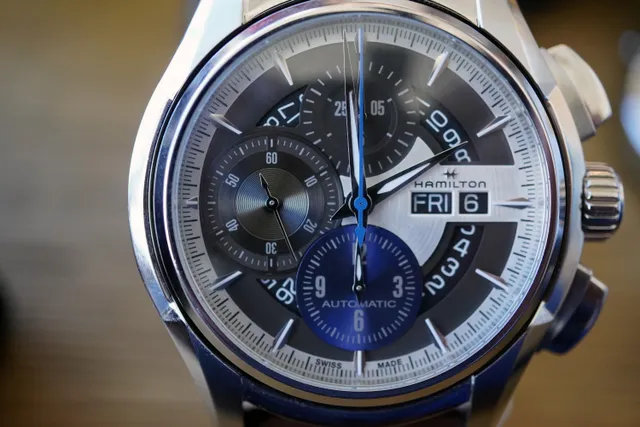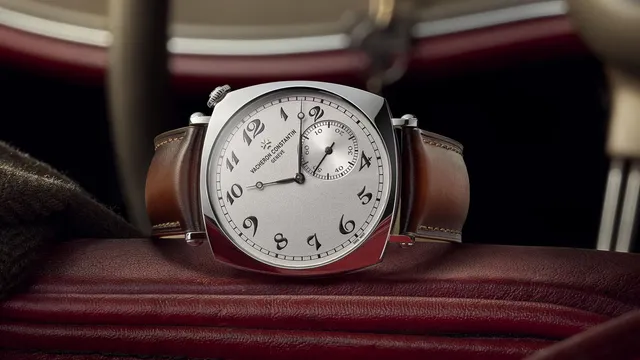My Favorite Watches: Instruments Over Ornaments
Chronograph-first collector explores aviation and yachting watches, why function matters over fashion, and how this reflects his worldview.
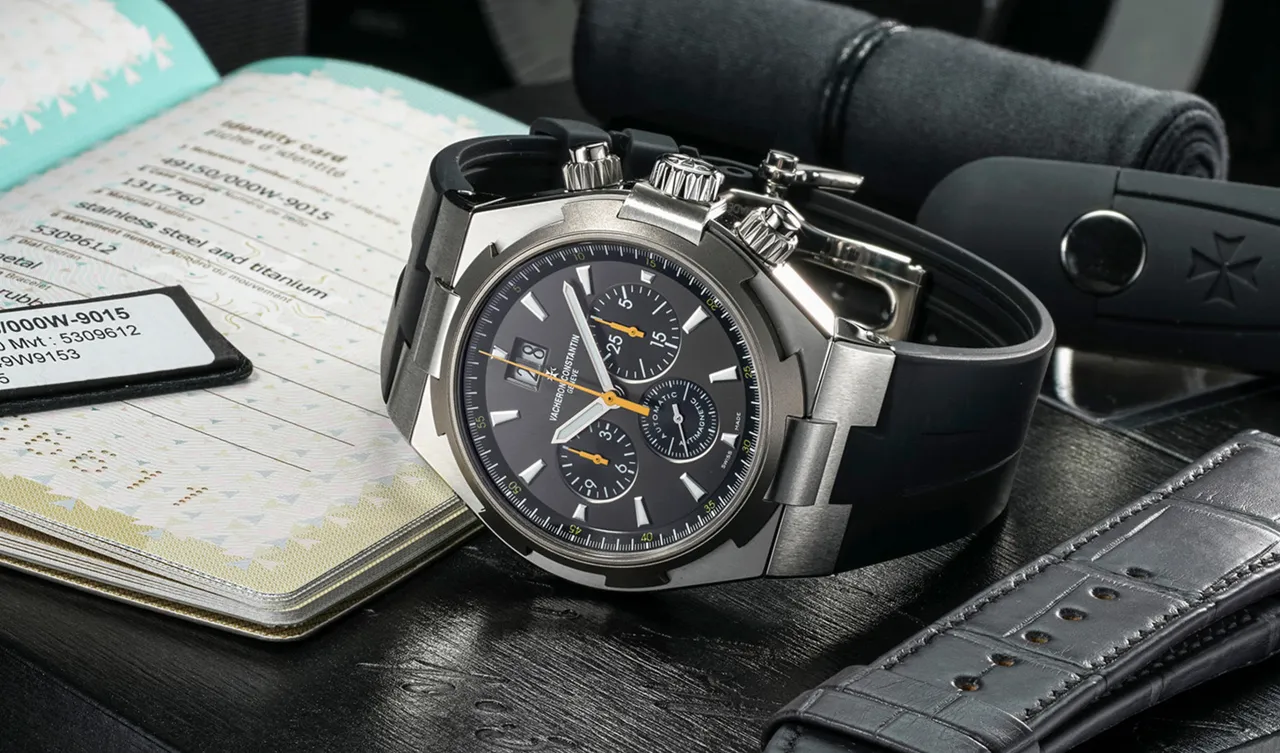
I collect watches the way a pilot stocks a cockpit and a skipper rigs a boat. Every piece needs a job, a story, and the clarity to do that job at a glance. If it is only beautiful, it is not enough. If it looks the part but does not feel like equipment on the wrist, it will not last. What follows is my field guide to the collection I actually wear, the pieces I archive, and the worldview that ties it all together.
What I collect
Chronographs are my default language. I care about how the pushers feel, how the registers are laid out, and whether the timing scale is readable when it matters. I like column wheel engagement, and I respect cam systems when they trade romance for reliability and serviceability. If I can start, stop, and reset without thinking, the watch is speaking my dialect.
Aviation chronographs and cockpit-adjacent designs are home base. Rotated Type A-7 dials, Bigeye layouts, GMT pilots, and purpose-first dashboards belong here. On the water, I value sailing and regatta DNA much more than dive aesthetics. Tide, countdown, legibility on deck, and comfort under a cuff or foul-weather gear beat helium talk every time.
I enjoy integrated or integrated-leaning pieces that wear like real equipment. Brushed metals, matte textures, smart bracelet or strap systems, and case geometry you can feel with your eyes closed. I want daily-wear capability, not jewelry behavior.
I keep a shelf of vintage chronographs and a few cultural or historical anchors. Many are too small for me to wear daily. These live in the collection because the designs and history matter.
Why these?
I like watches that were built to solve a problem: time a leg, mark a start, run a checklist, track a second zone. If the function is honest and the layout disciplined, the watch has my attention. If the function is vague or the dial fights itself, I move on.
High-contrast dials, hands that hit their marks, scales you can use, dates that do not crash the party. I prefer black, blue, and white done with intent. I sell salmon, silver, and mid-grey more often than I keep them. Beauty, for me, emerges from clarity.
The way a pusher breaks and resets, the way a crown engages, the way a bezel or bracelet feels in hand. That mechanical conversation is part of the value. If the actuation feels vague or the ergonomics are an afterthought, the honeymoon will be short.
My modern comfort zone is roughly 41 to 46 mm. I will stretch larger if the purpose and legibility earn it. I will go smaller in the archive lane. I like watches that feel like equipment, not ornaments. Weight, balance, strap comfort, and quick-change systems all matter.
Aviation lineage, yachting and regatta bona fides, credible reissues that respect original briefs, or collaborations that add substance. History without usefulness is nostalgia. Usefulness without history is generic. I want both.
What I skip (mostly)
- Diver-first designs, even fancy ones. I respect them, but they are not my lane.
- Ultra-thin minimalism and dress-first precious metal. I admire it across the table; I do not keep it on my wrist.
- Time-only with no tool story. If it is too polite, it will not survive my rotation.
- Microbrand chronographs without deep historical roots. I like character, but not cosplay.
A few anchors that explain the style
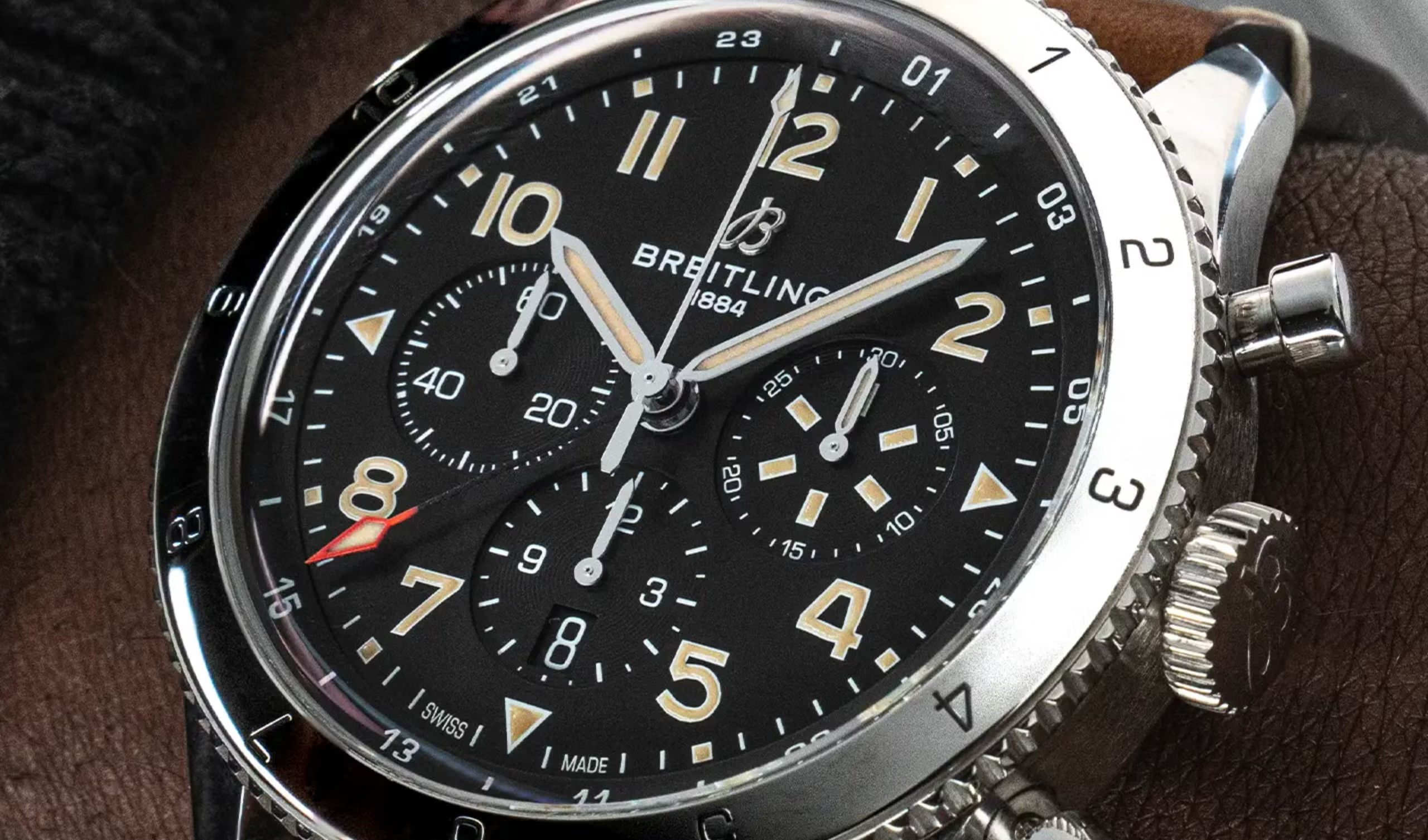
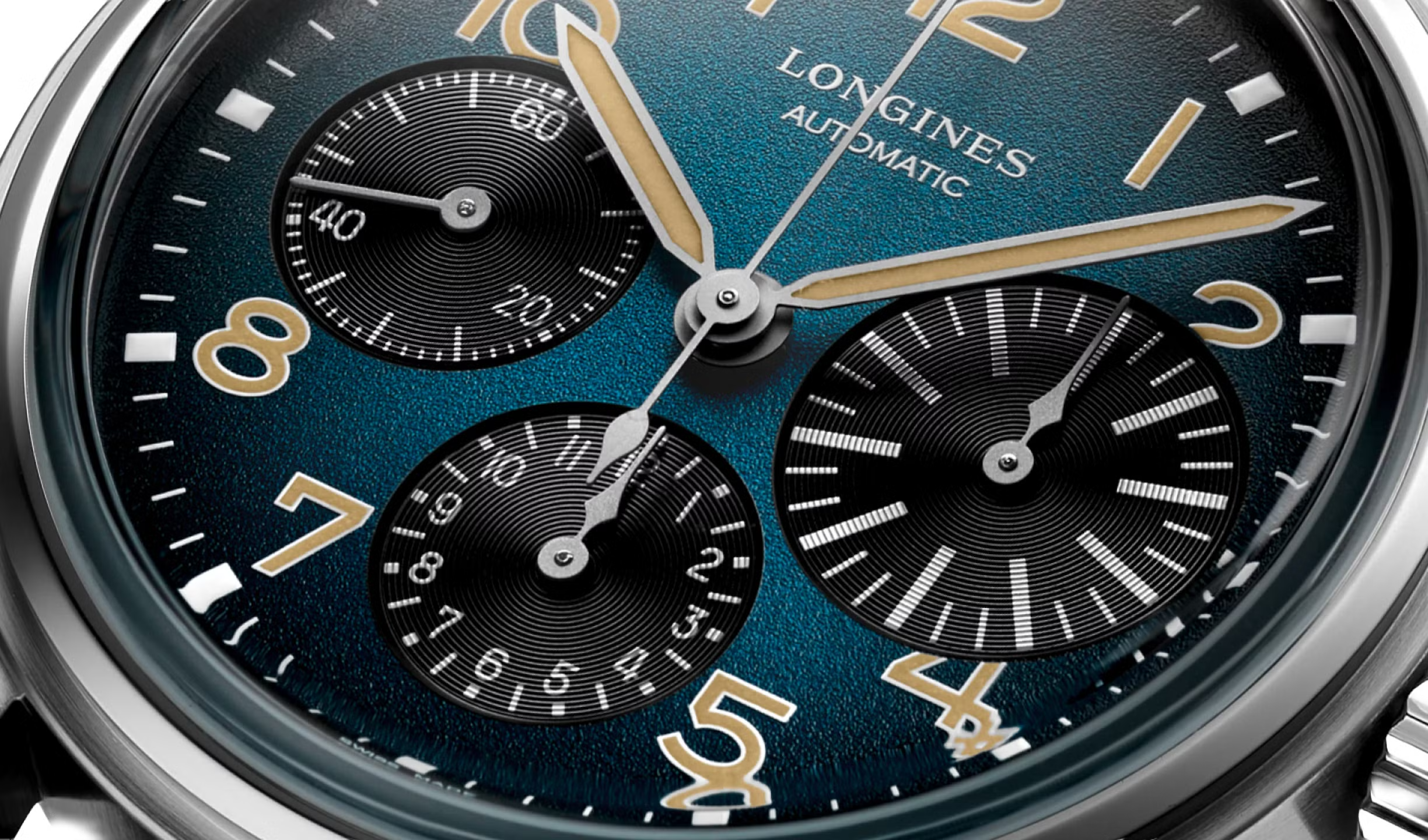
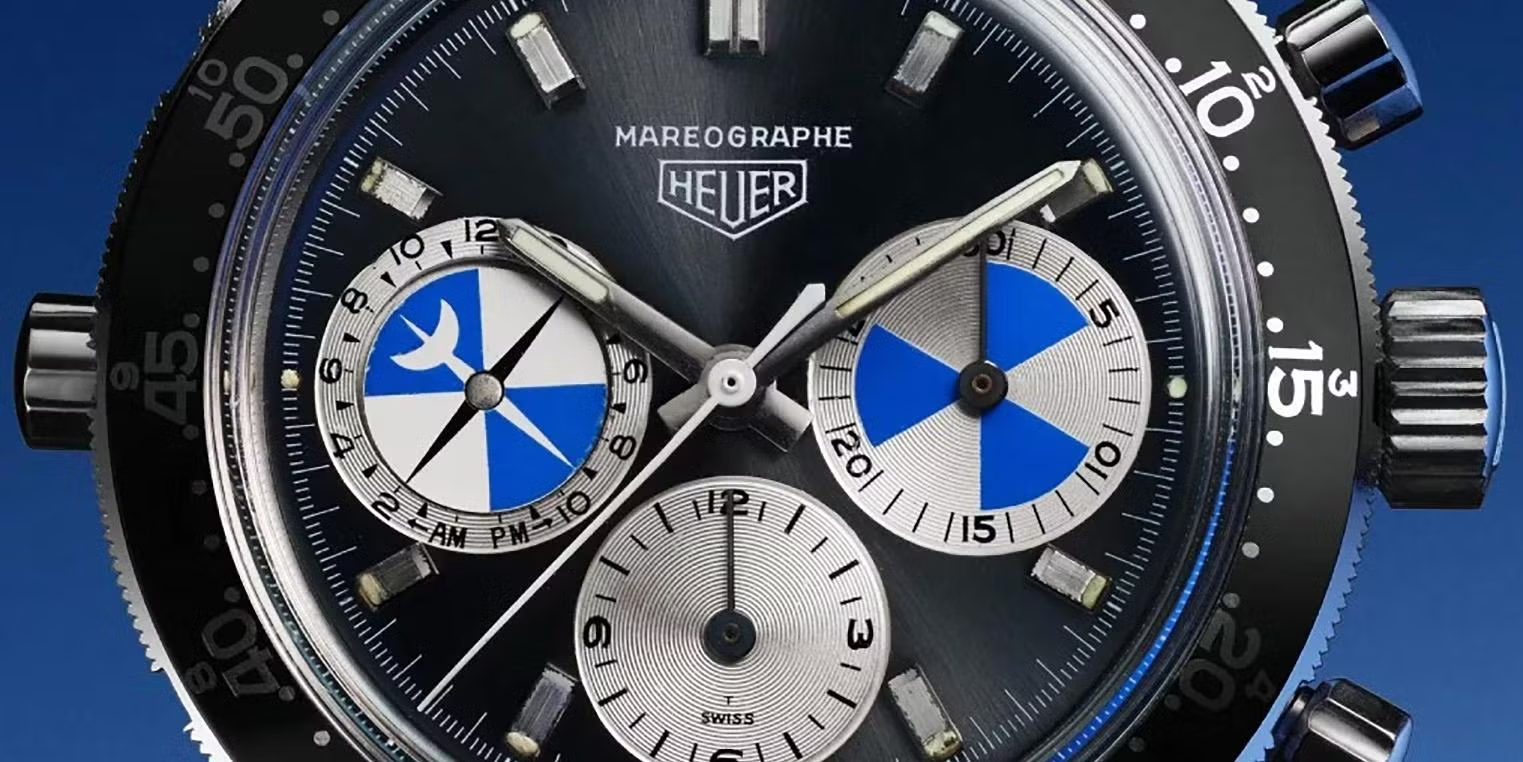
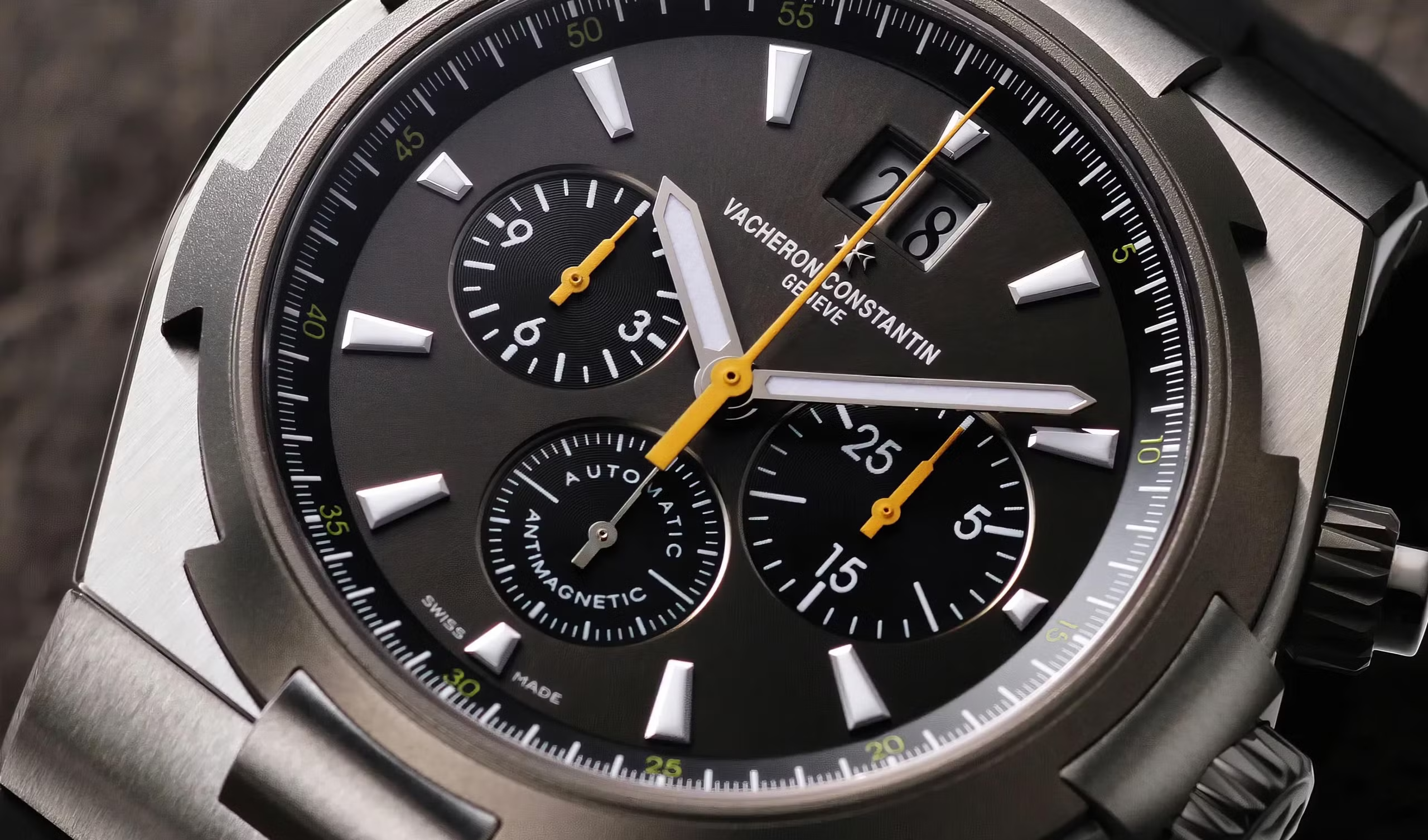
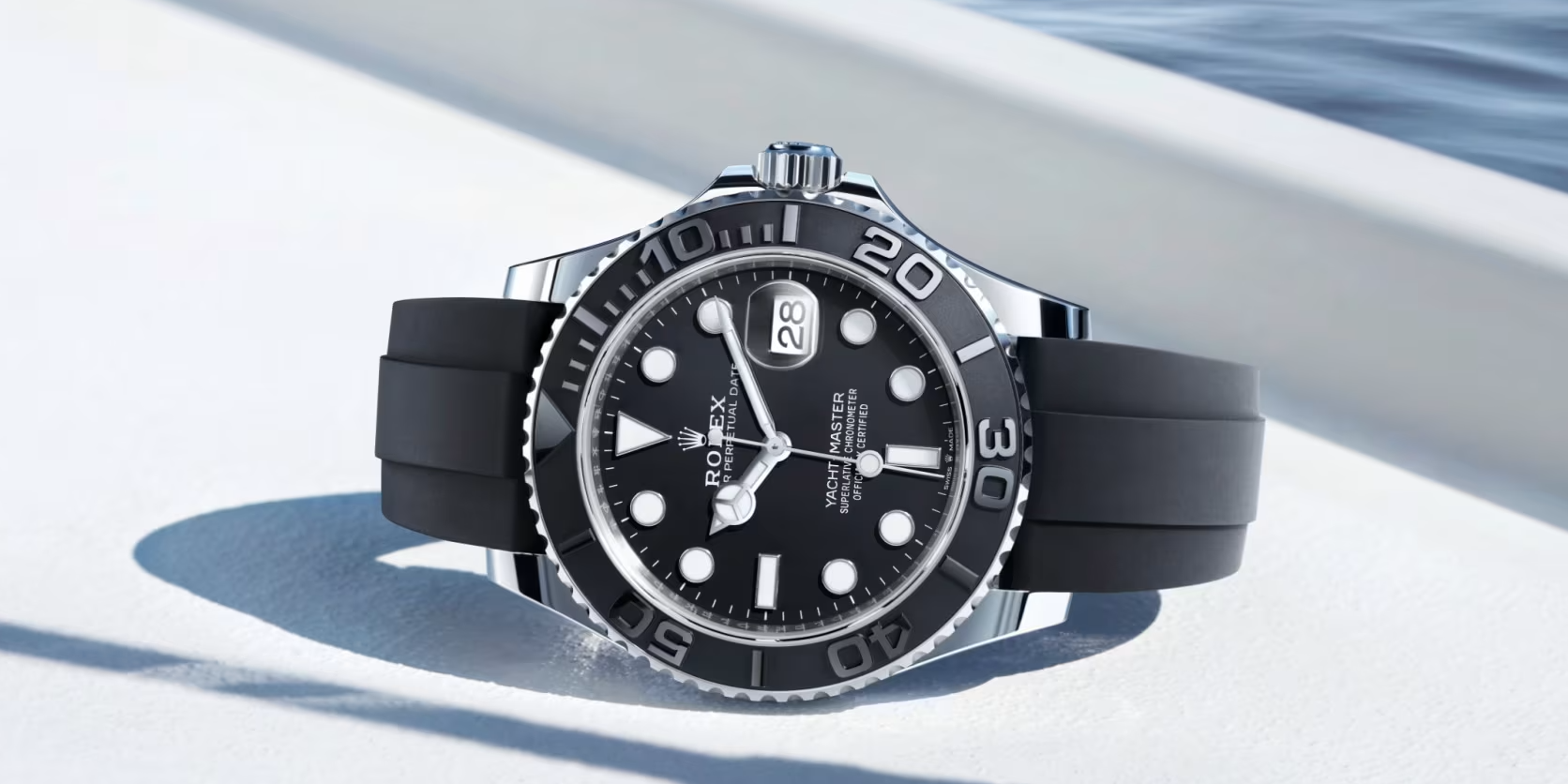
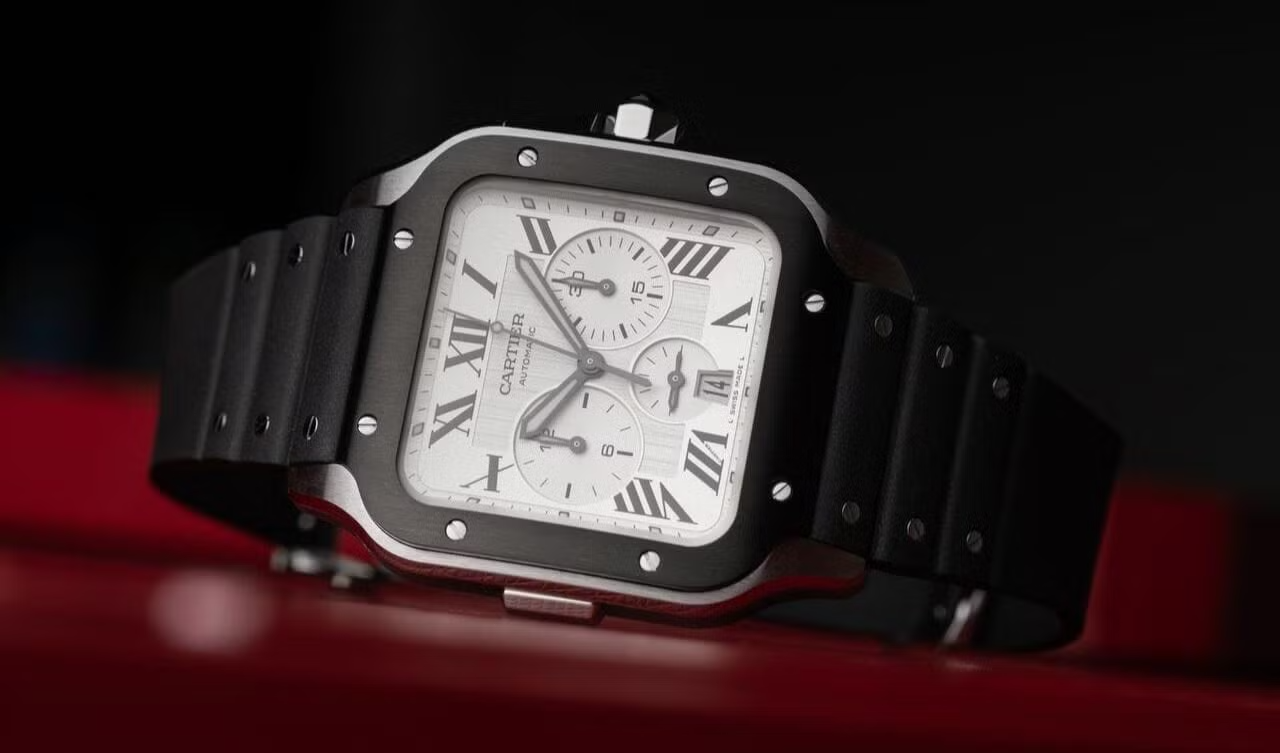
Vacheron Constantin Overseas Chronographs: integrated sports watches that still behave like instruments. Brushed, purposeful, wearable.
Longines Avigation family: Type A-7 variants and the Bigeye for cockpit clarity and personality. Rotated or asymmetric when it improves the job.
Breitling Super AVI B04 GMT: unapologetically big, kept for aviation character and clear reading at speed.
Cartier Santos (time-only and chronograph): born from flight, lives as a true everyday instrument with just enough elegance.
TAG Heuer Carrera with a maritime brain: Seafarer lineage and modern takes that respect the purpose of timing on the water.
Rolex Yacht-Master 42: a sea-surface watch with comfort and presence. The Rolex that fits my brief.
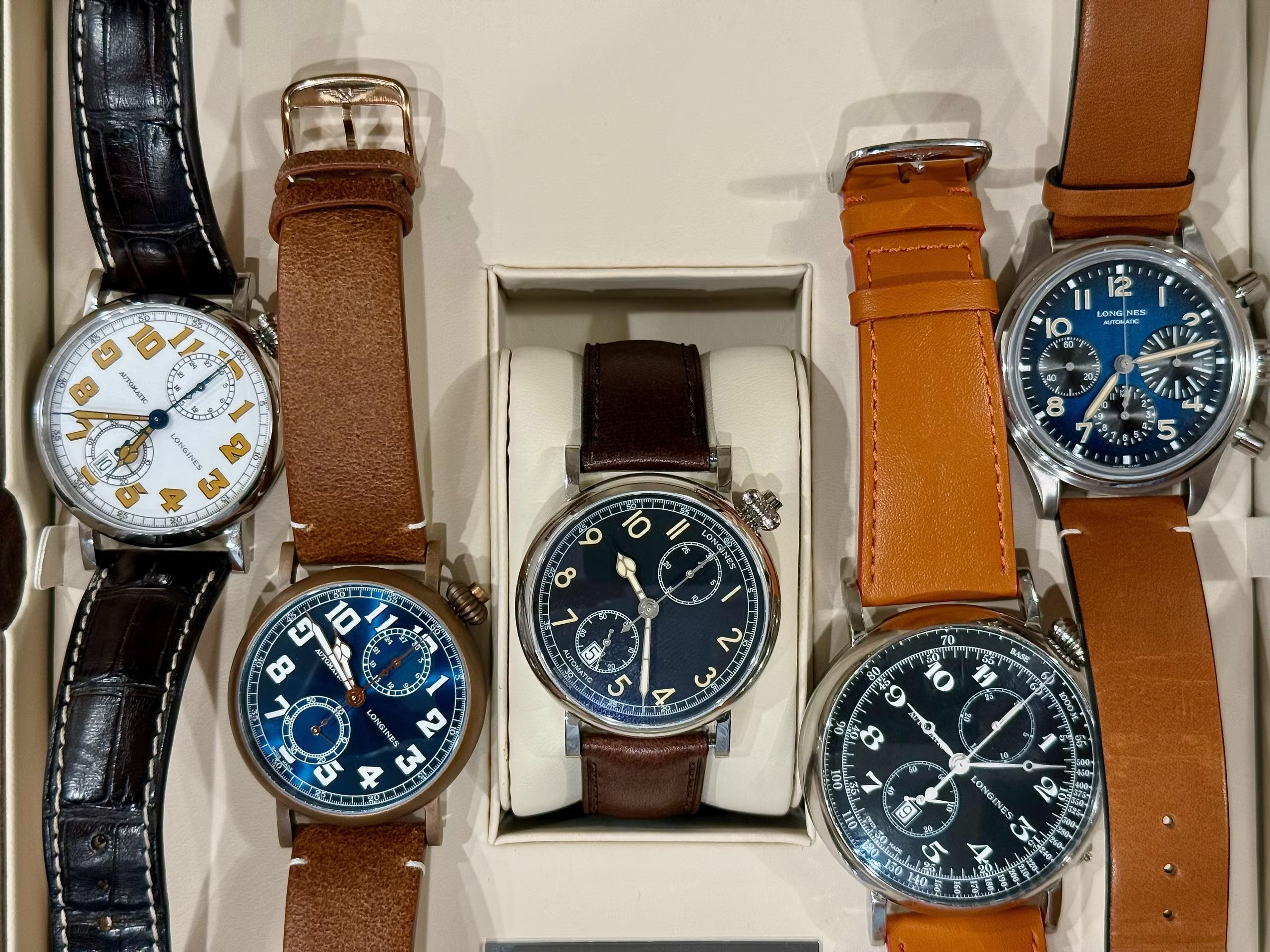
How this fits into my worldview
Tools tell the truth - I value things that earn their keep. Watches, knives, pens, boots, boats, cameras. If design does not serve use, the object is decoration. There is a place for decoration; my wrist is not that place.
Clarity under pressure - in cockpits and on decks, clutter costs time. I gravitate to layouts that you can read at a glance. This is aesthetic and ethical for me. I like beautiful things, but I do not like being lied to by beauty.
Engineering as culture - good engineering is a culture, not just a spec sheet. It is how a pusher feels at the fingertip, how a bracelet articulates, how a crown tubes into a case, how a dial balances information. I buy into that culture.
History as a working brief - I collect history that still works. Reissues that honor original constraints. Modern pieces that keep the spirit while fixing the old pain points. Vintage that teaches me why a design choice was made in the first place.
Independence from consensus - I am comfortable letting go of canonical picks if they do not fit my map. I am equally comfortable keeping something uncool if it does. Market heat is not a reason for me to buy or sell.
How I decide (I think)
- Is it a chronograph, or does it bring an equally strong tool story?
- Does it sit in aviation or yachting, or honestly support those worlds?
- Can I read it at a glance, in motion, in bad light?
- Does it feel like equipment on the wrist, and does the strap or bracelet system make sense?
- Does it add a role I do not already have, or is it redundant?
- If it is vintage, is it historically meaningful enough to live in the archive even if it wears small?
If a watch clears those gates, it tends to stay. If it fails them, I enjoy the research and pass, or I buy and then sell without regret.
I tend to collect instruments, not ornaments. The collection is aviation-first and yachting-forward, with chronographs as the backbone. It is organized by use, not by brand loyalty or hype cycles. Modern pieces must earn wrist time with clarity and presence. Vintage lives in an archive that teaches me where the modern language came from. That is the map. Everything I add needs to help me navigate it.
Want to learn more?
- Vacheron Constantin Overseas Chronograph 49150/000W-9015
- Hublot Classic Fusion Chronograph Titanium (Ref. 521.NX.1171.RX)
- Tudor North Flag (Ref. 91210N)
- Bvlgari Octo Retrogradi (Ref 101831, Style No: BGO43BSCVDBR)
- TAG Heuer Carrera Chronograph Seafarer × Hodinkee (Ref. CBS2014.FT6293)
- Breitling Super AVI B04 Chronograph P-51 Mustang (Ref. AB04453A1B1X1)
- ÁIGI Arctic Chrono II Panda Chronograph
- Union Glashütte Belisar Chronograph (Ref. D009.427.17.082.00)
- Wempe Chronometerwerke Power Reserve (Ref. WG080003)
- Breitling Premier B25 Datora (Ref. AB2510201K1P1)
- Panerai Submersible QuarantaQuattro Luna Rossa (Ref. PAM01681)
- Omega Seamaster Aqua Terra 150M "Mondo" (Ref. 220.12.41.21.03.009)
- Brellum Pandial Bicompax Black DLC Ti Chronometer (Ref. DB.CH.936)
- Ulysse Nardin Diver Chronograph 1503-170-7M/92
- Vacheron Constantin Overseas Chronograph (Ref. 5500V/110A-B481)
- Doxa Ultraspeed Limited Edition(Ref. 896.10)
- Omega Speedmaster “CK2998” Anniversary Series (Ref. 311.32.40.30.02.001)
- Santos de Cartier Chronograph (Ref. WSSA0017)
- Ulysse Nardin Diver Chronometer (Ref. 1183-170-7M/92)
- Breitling Top Time Limited Edition (ref. A23310121G1X1)
- Audemars Piguet Royal Oak Offshore (Ref. 15710ST.OO.A002CA.01)
- Perrelet Turbine Erotica Limited Edition (Ref. A4062/S3)
- Breguet Type XXI Limited Edition (Ref. 3815TI/HO/3ZU)
- Brellum Pandial Marina Tricompax Chronometer Limited Edition (Ref. DB.CH.942)
- Longines Avigation BigEye Titanium (Ref. L2.816.1.93.2)


